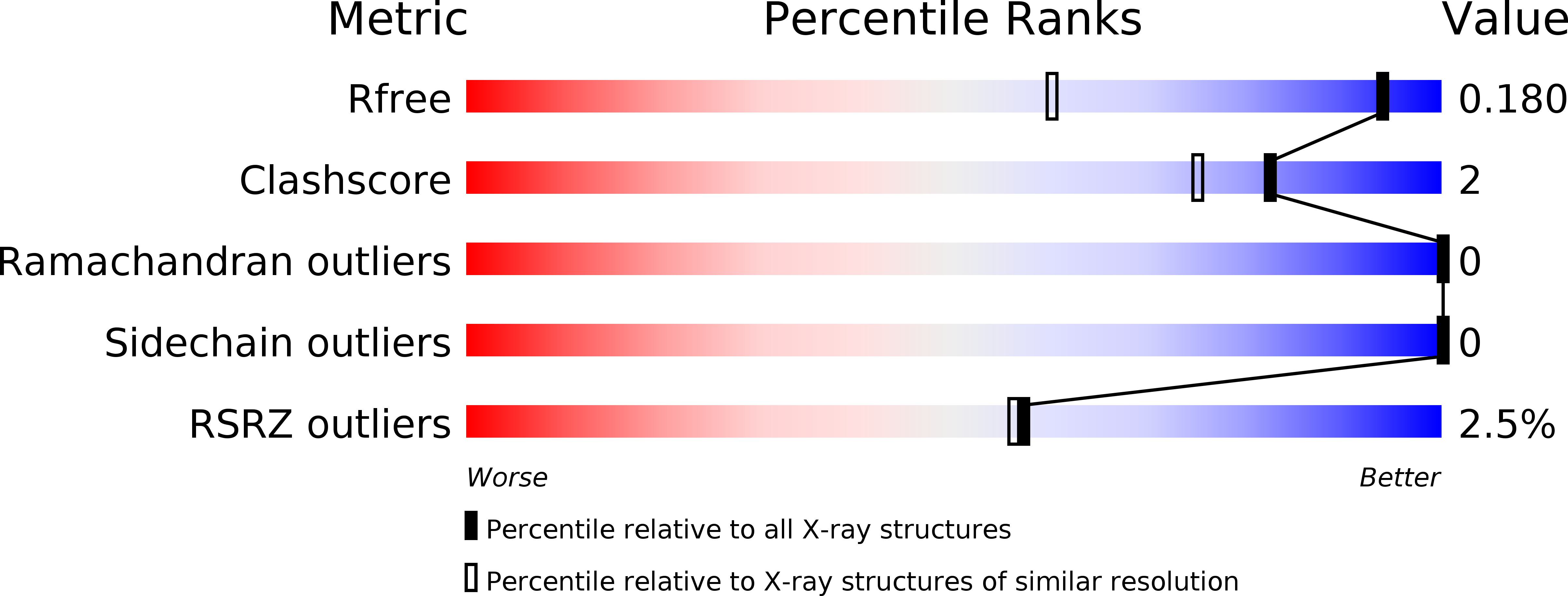
Deposition Date
2014-01-16
Release Date
2014-02-26
Last Version Date
2025-03-26
Entry Detail
Biological Source:
Source Organism:
Acinetobacter baumannii (Taxon ID: 470)
Host Organism:
Method Details:
Experimental Method:
Resolution:
1.30 Å
R-Value Free:
0.18
R-Value Work:
0.14
R-Value Observed:
0.15
Space Group:
P 21 21 21


